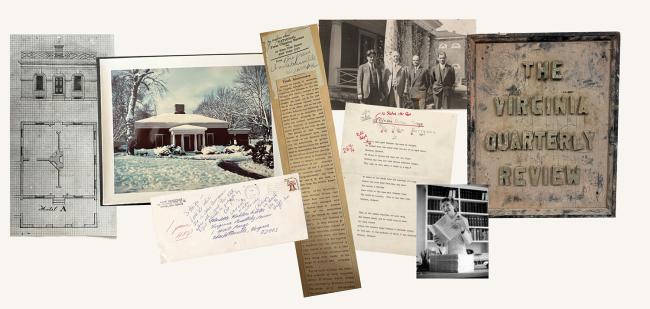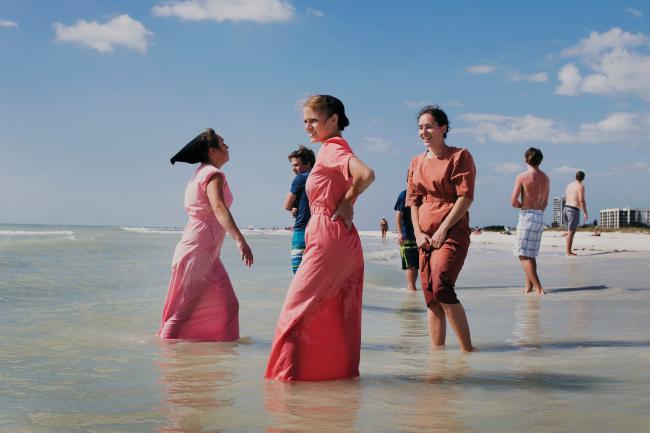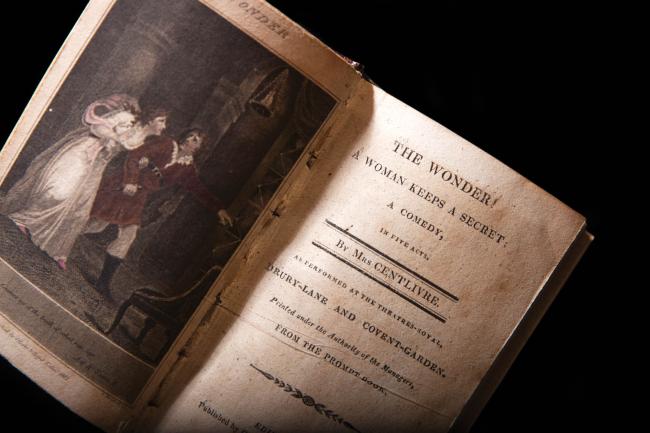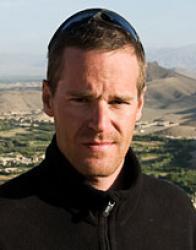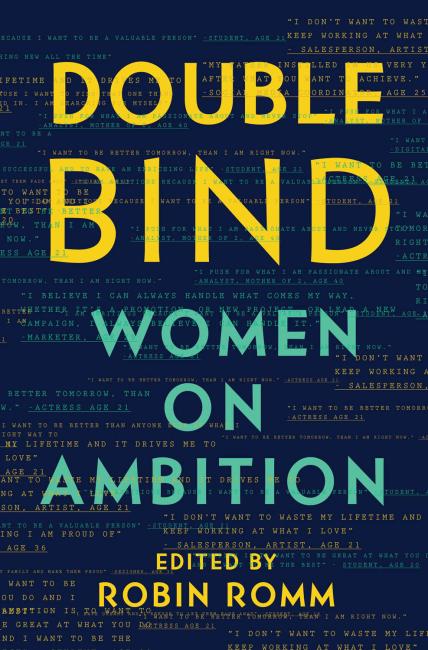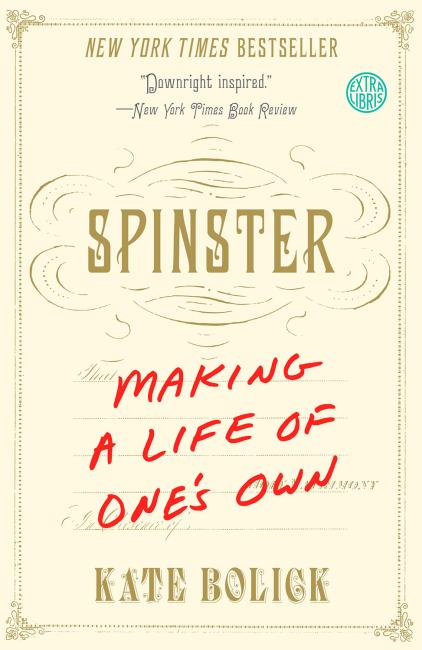
Allison Wright
Biography
Allison Wright is the publisher and executive editor of the Virginia Quarterly Review. Her writing has appeared in the Atlantic, VQR, CNN, Popular Mechanics, the Texas Observer, Literary Hub, and elsewhere. She is a member of the American Society of Magazine Editors, the National Book Critics Circle, and the Overseas Press Club. She teaches journalism in the master's program at New York University and at the University of Virginia, where she is an affiliate of the Center for Health Humanities & Ethics and a member of the Native & Indigenous Relations Community. She holds a PhD from the University of Texas at Austin.


